Battling clouds, failed guiding, and a rushed manual focus, I still managed to capture this stunning comet from our Harold Campbell dark site using my Askar FRA600 and ZWO 2600 Duo.
A vivid portrait of the Rho Ophiuchi Cloud Complex, blending reflection, emission, and dark nebulae captured in 2.5 hours from the Starry Night Ranch in Florida.
A swirling sea of gas and dust surrounds the bright star Sadr in this deep narrowband image captured from Deep Gap, NC.
Imaging M3 is more than just an exercise in precision — it’s a quiet confrontation with scale, time, and the staggering probability that life might be far more common than we once imagined.
Captured with the CarbonStar f/4 Newt and ZWO 2600MM Duo under dark Florida skies. Framing wasn’t ideal, but the detail came through beautifully.
👉 View the image and full breakdown →
Messier 63 – The Sunflower Galaxy
First Attempt | Captured Under Bortle 2–3 Skies, April 2025
I set my sights on one of the great face-on spiral galaxies in our night sky—Messier 101, also known as the Pinwheel Galaxy.
While sky conditions were not as pristine as during my Leo Triplet session, the dual-scope approach again proved invaluable, allowing for a detailed, high-contrast representation of this stunning galaxy.
Captured under the dark Bortle 3 skies of a private astronomy club in south-central Florida during our annual star party…
A hidden stellar nursery on Orion’s outskirts, NGC 1788 glows with the light of young stars. Its dusty filaments and dark shadows sculpt the eerie form of the Cosmic Bat.
Under the dark skies of the Florida Everglades, I captured the stunning reflection nebula M78 using a dual-scope setup.
The Dolphin Nebula captured in stunning detail. This first image of 2025 a star-forming region in the constellation Cetus.
IC 410 is a stunning emission nebula located about 12,000 light-years away in the constellation Auriga.
Last night, I ventured deep into the Florida Everglades with a few friends to capture an image of the Shark Nebula (LDN 1235). The trip was an adventure in itself, navigating through remote backroads under pitch-black skies.
The Sculptor Galaxy is often overshadowed by more famous spirals like Andromeda or the Triangulum Galaxy, but it’s a fascinating target in its own right.
This is the Little Dumbbell Nebula (M76), captured using my new Carbon Star Ritchey-Chrétien telescope, paired with the QHY533 mono camera and mounted on my trusty AM5.
I captured 10.5 hours of data with 5-minute subs. Using an Apertura Carbon Star Fast Newtonian and my ZWO 2600 Duo OSC camera, I focused on pulling out the rich detail hidden within this iconic spiral galaxy.
Captured under Bortle 4 skies on a moonless night along the Blue Ridge Parkway, I stacked 60 images of Comet C/2023 A3 (Tsuchinshan-ATLAS) using an APO 135mm lens and ZWO 2600 Duo OSC camera. With 60-second exposures and added calibration files, I was able to bring out the comet's vibrant coma, detailed tail, and striking anti-tail.
The anti-tail is now clearly visible! This shot consists of 9 stacked images, each with a 30-second exposure, aligned with the comet for better detail.
Capturing the Beauty of Tonight's Partial Lunar Eclipse: A Celestial Spectacle in Motion
Taken from my backyard in South Florida under Bortle 7 skies, this image of M27, the Dumbbell Nebula, was captured using a QHY 533M camera and OIII and H-alpha filters. Over 2 nights, I spent about 8 hours on each channel to bring out the details of this planetary nebula. The bi-color processing highlights the OIII and H-alpha emissions, with the teal and red tones revealing the complex structure of the nebula as it drifts through space.
M51, also known as the Whirlpool Galaxy, graces the night sky as a stunning spiral galaxy duo located in the constellation Canes Venatici.
Captured in narrowband hydrogen-alpha light, the Rosette Nebula reveals its intricate tendrils of gas and dust, illuminated by the intense radiation of young, massive stars nestled within its heart.
From the iconic silhouette of the equestrian motif to the nuanced interplay of light and shadow within its celestial surroundings, this image stands as a testament to the boundless wonders awaiting discovery in the unfathomable depths of space.
These images of Comet Pons-Brooks was captured on 03/10-3/12 2024, from 7:40 pm to9:10 pm.

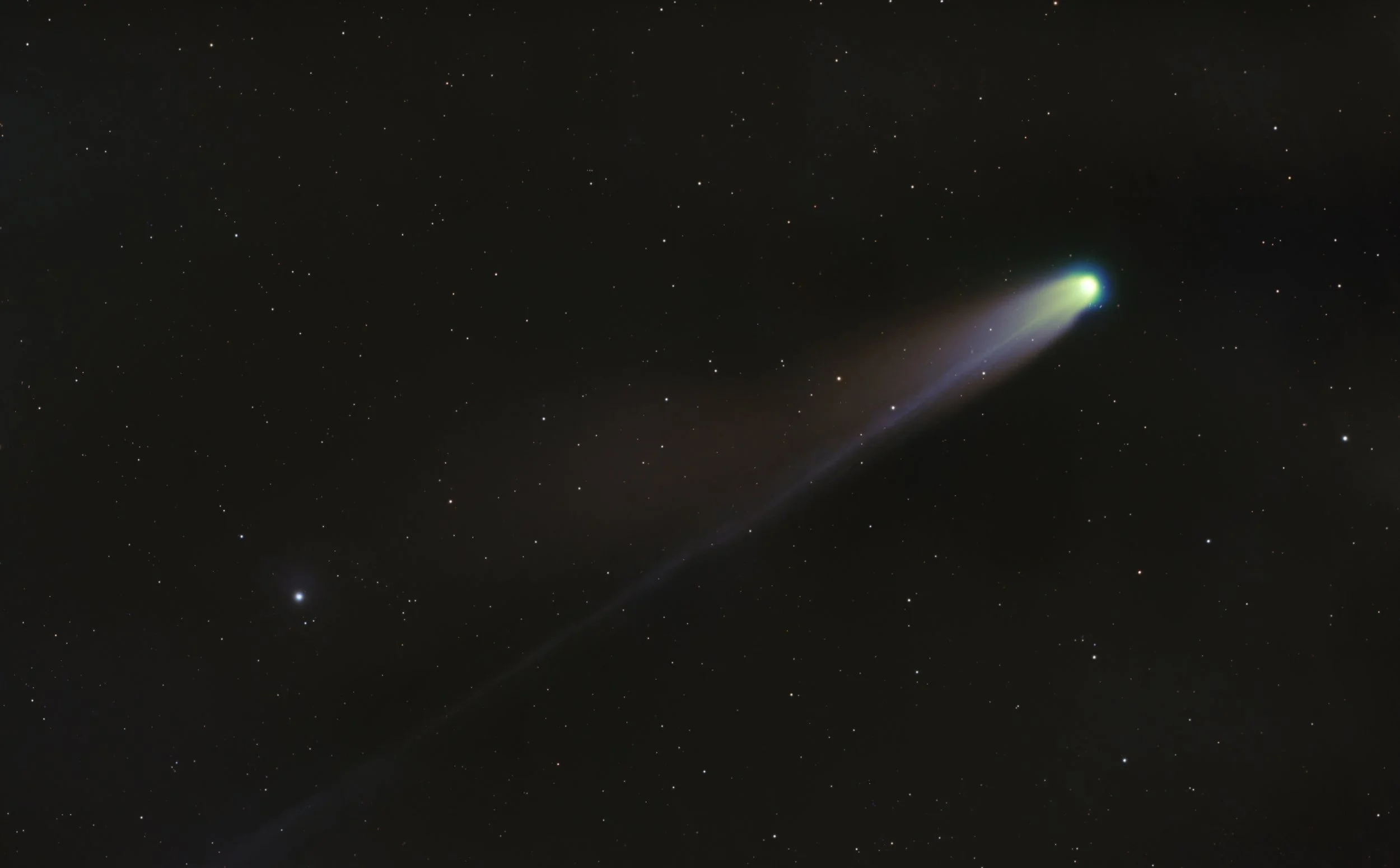

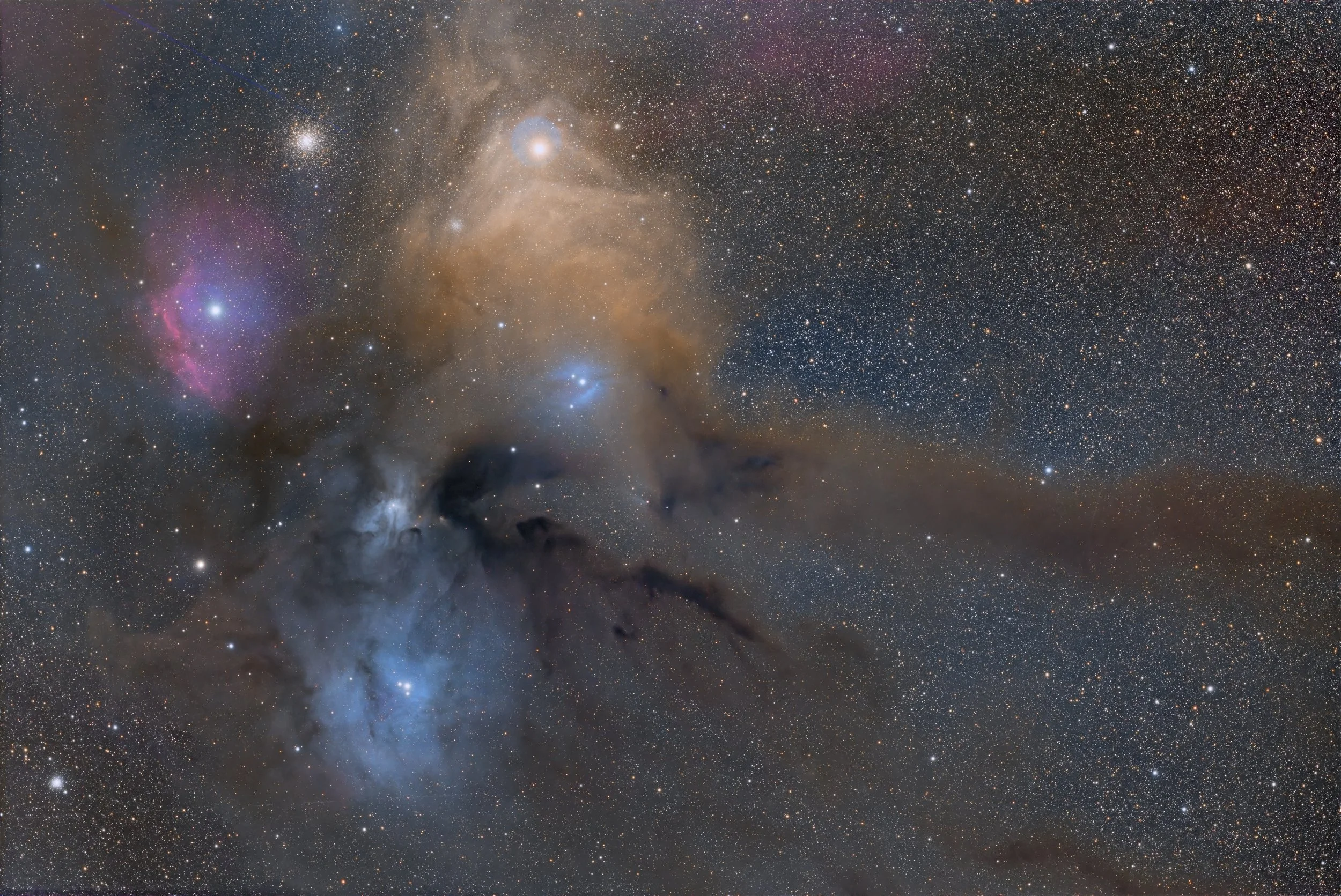
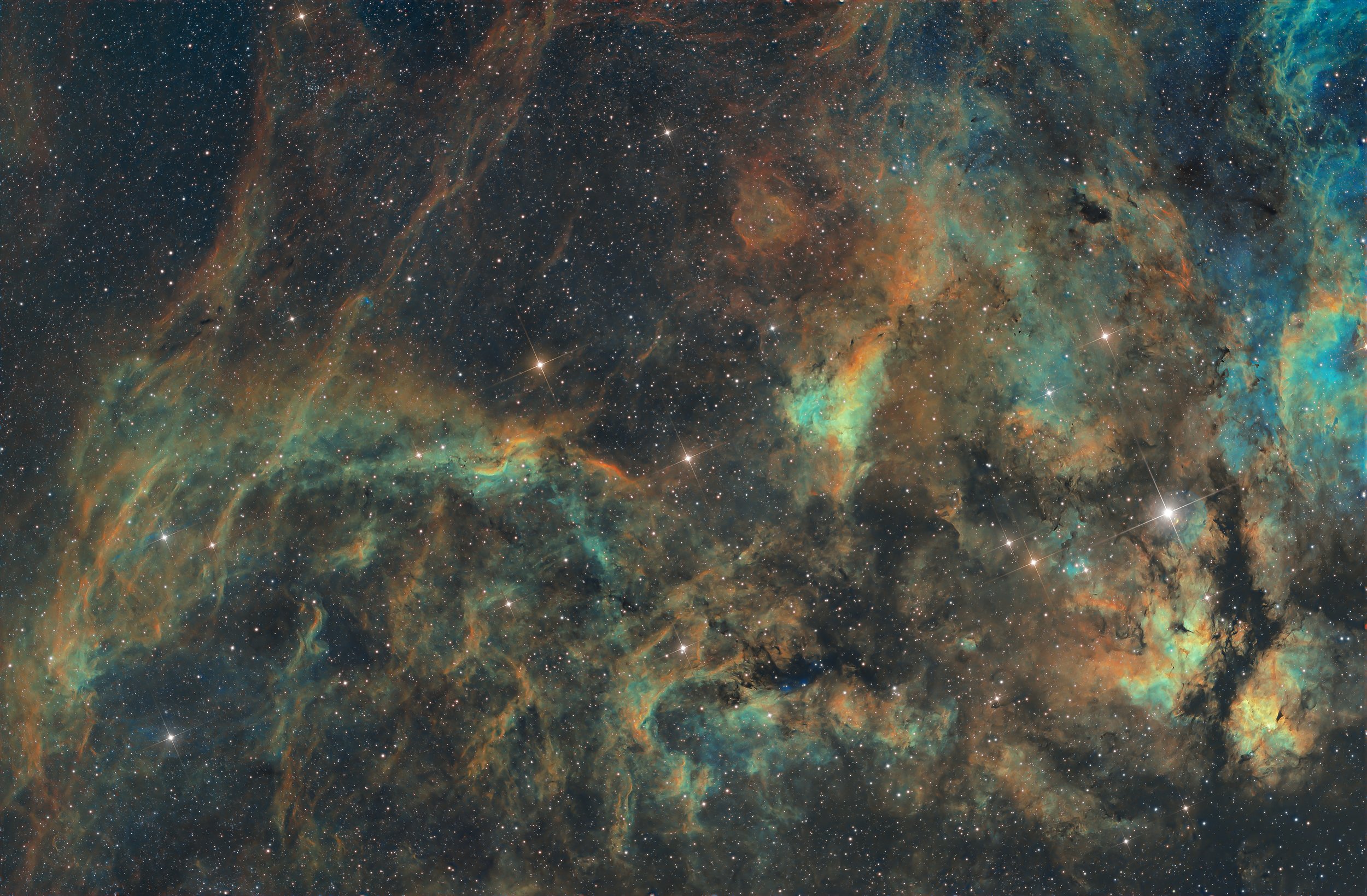

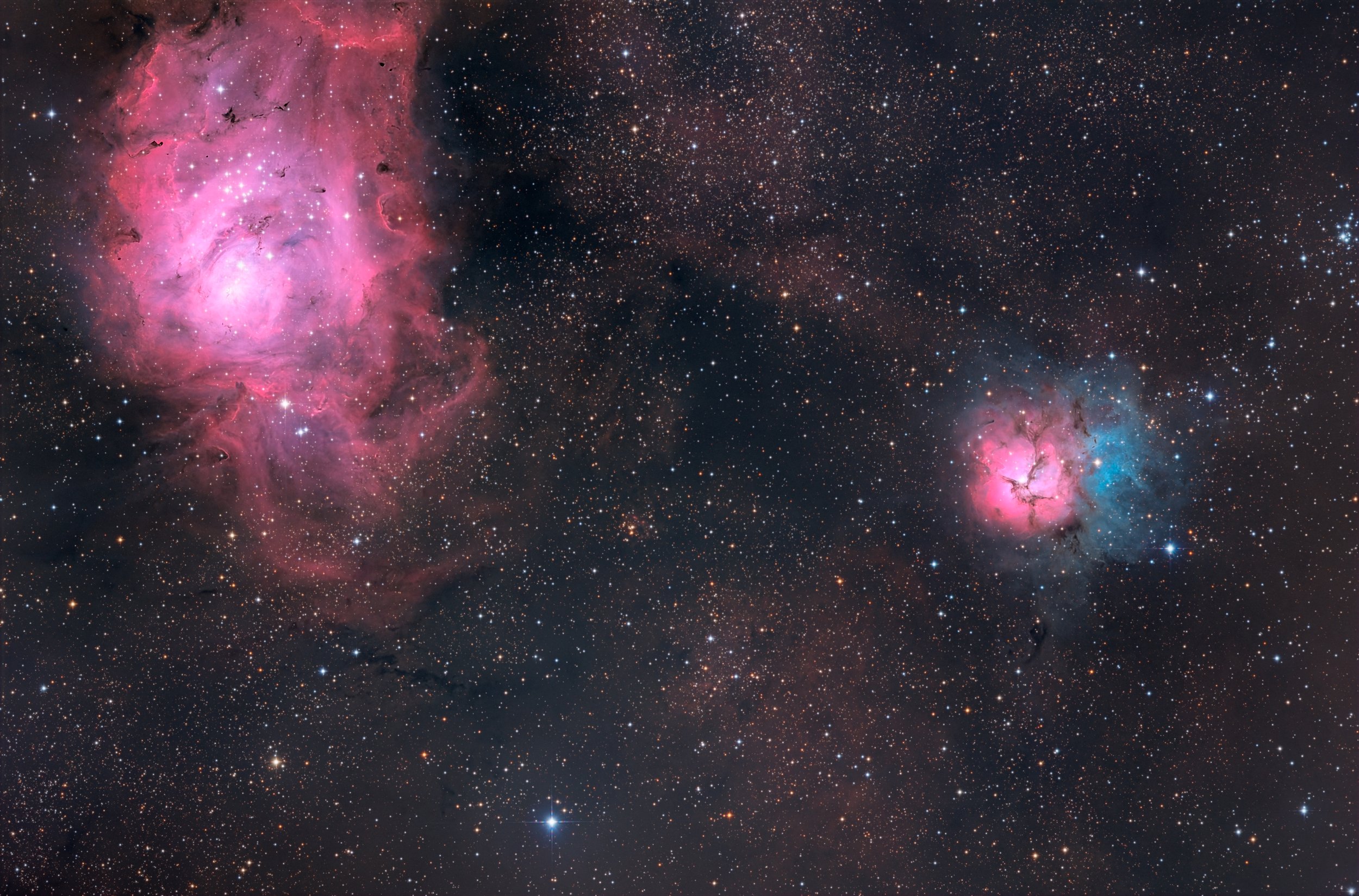
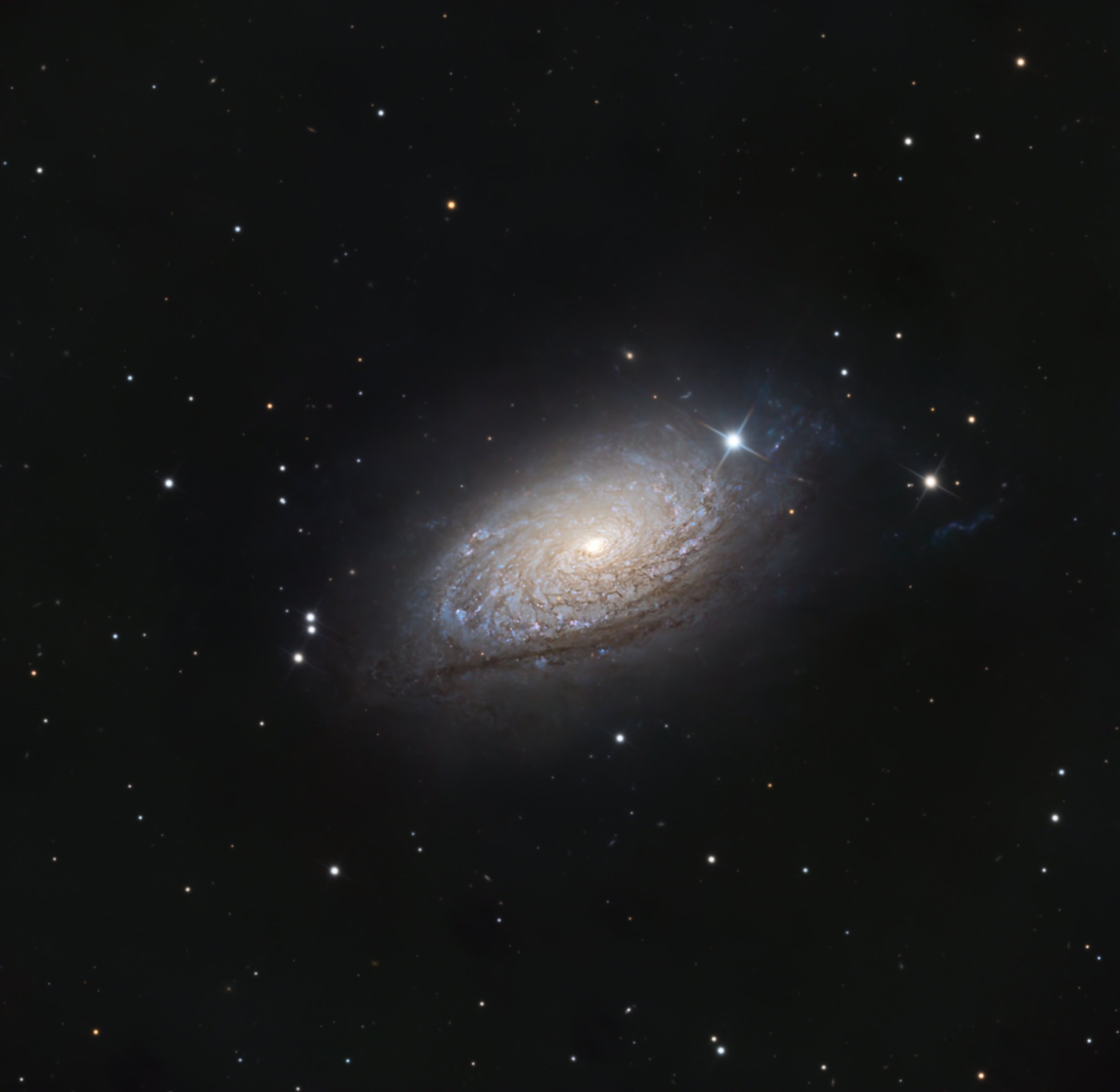



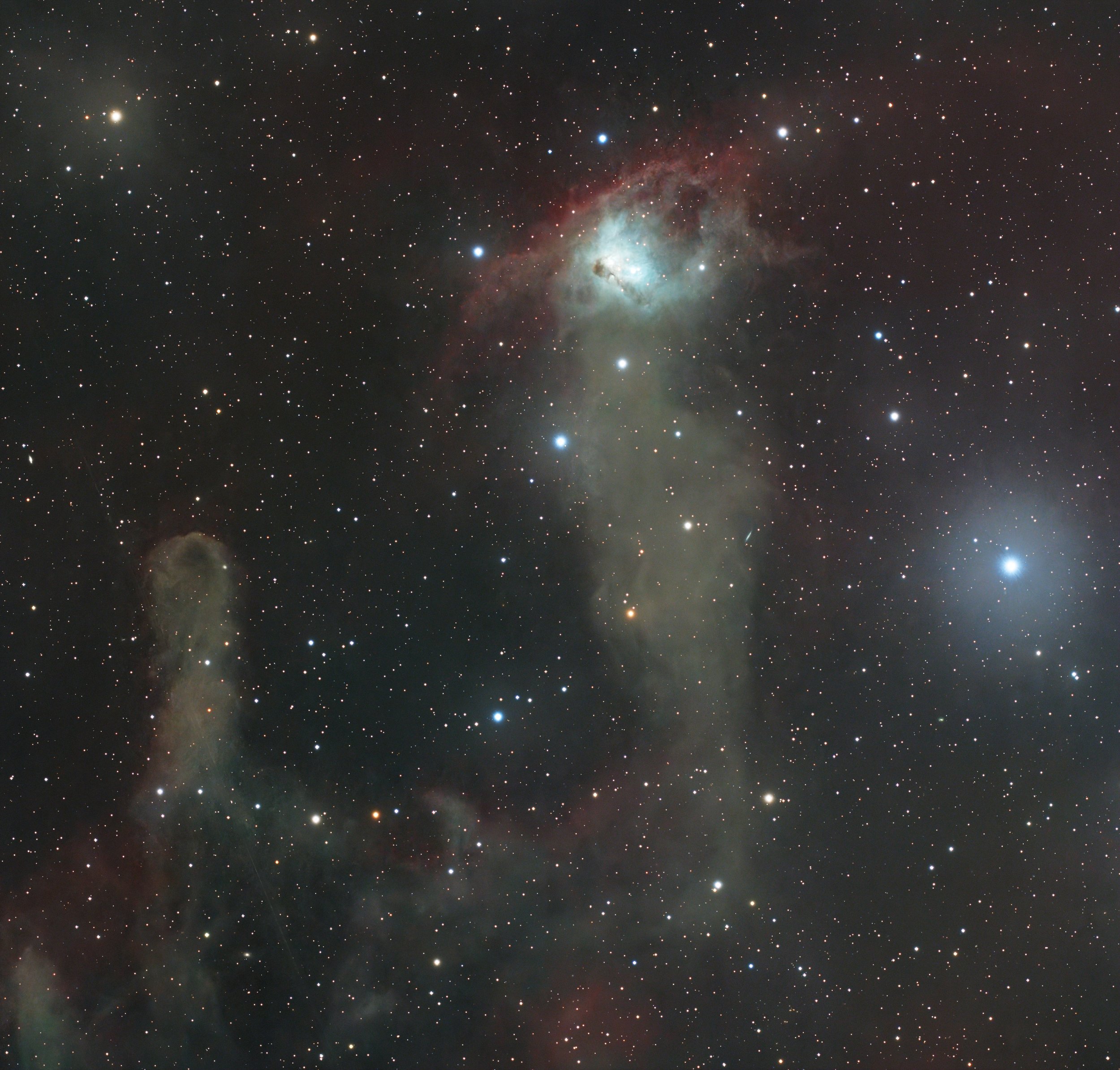




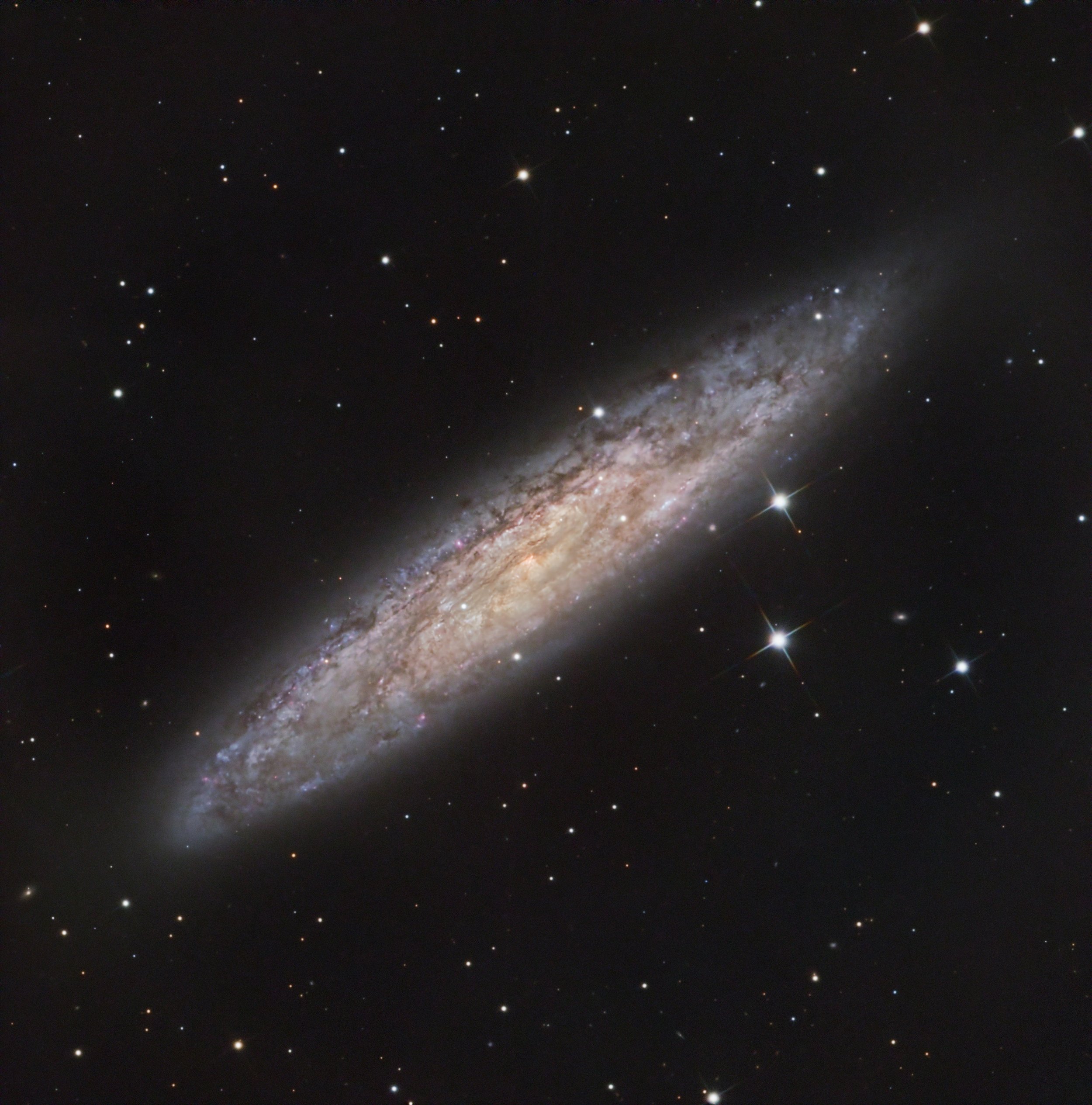
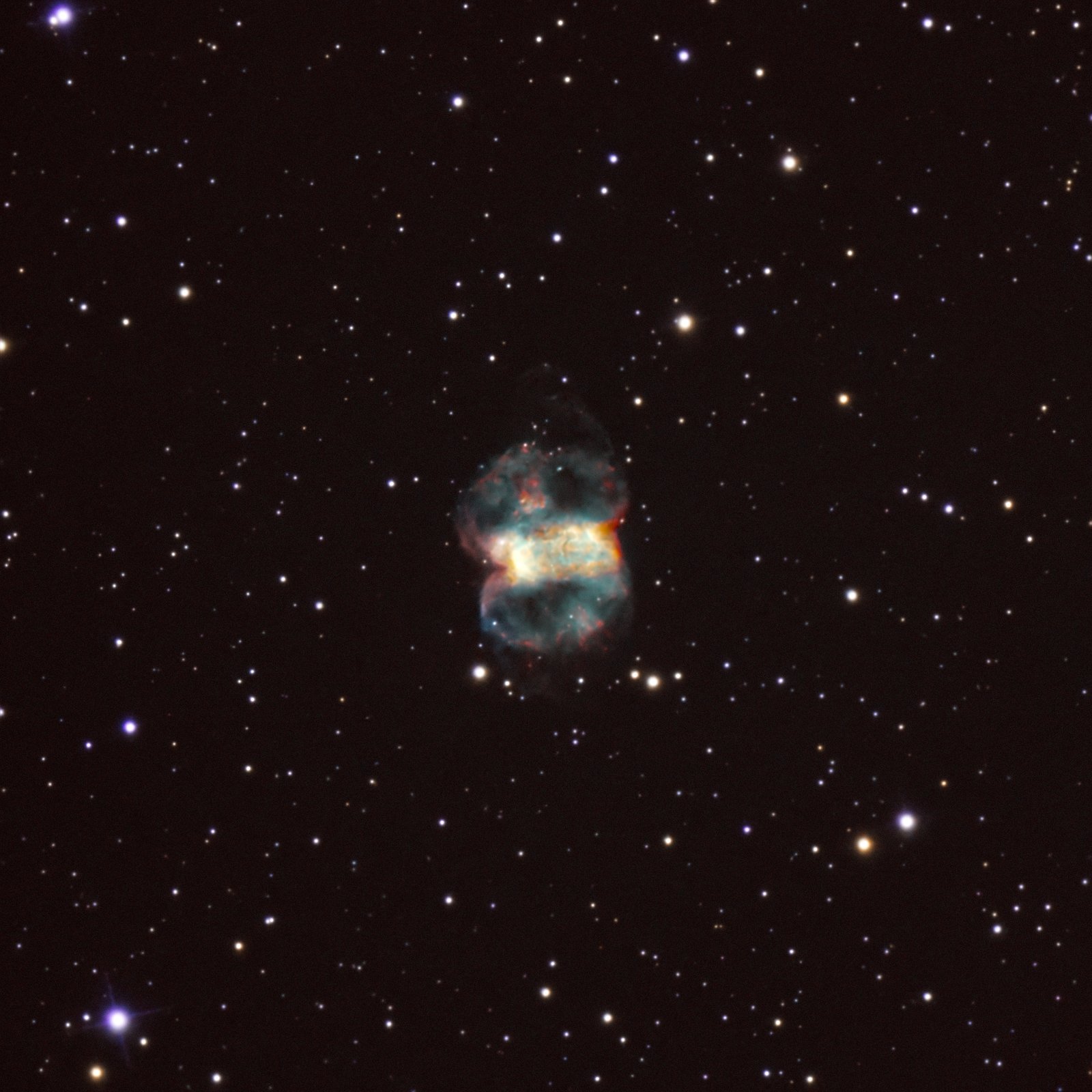
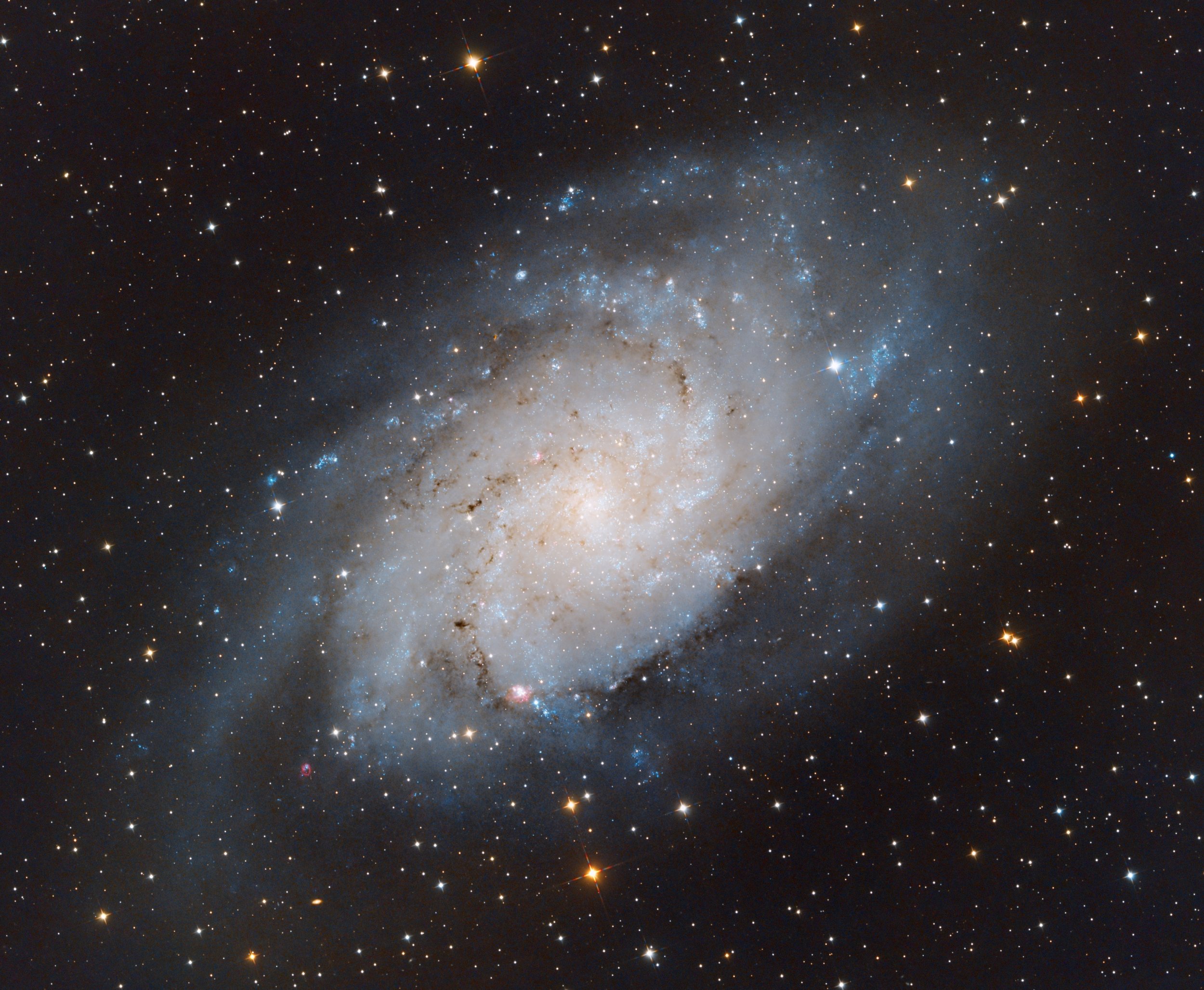

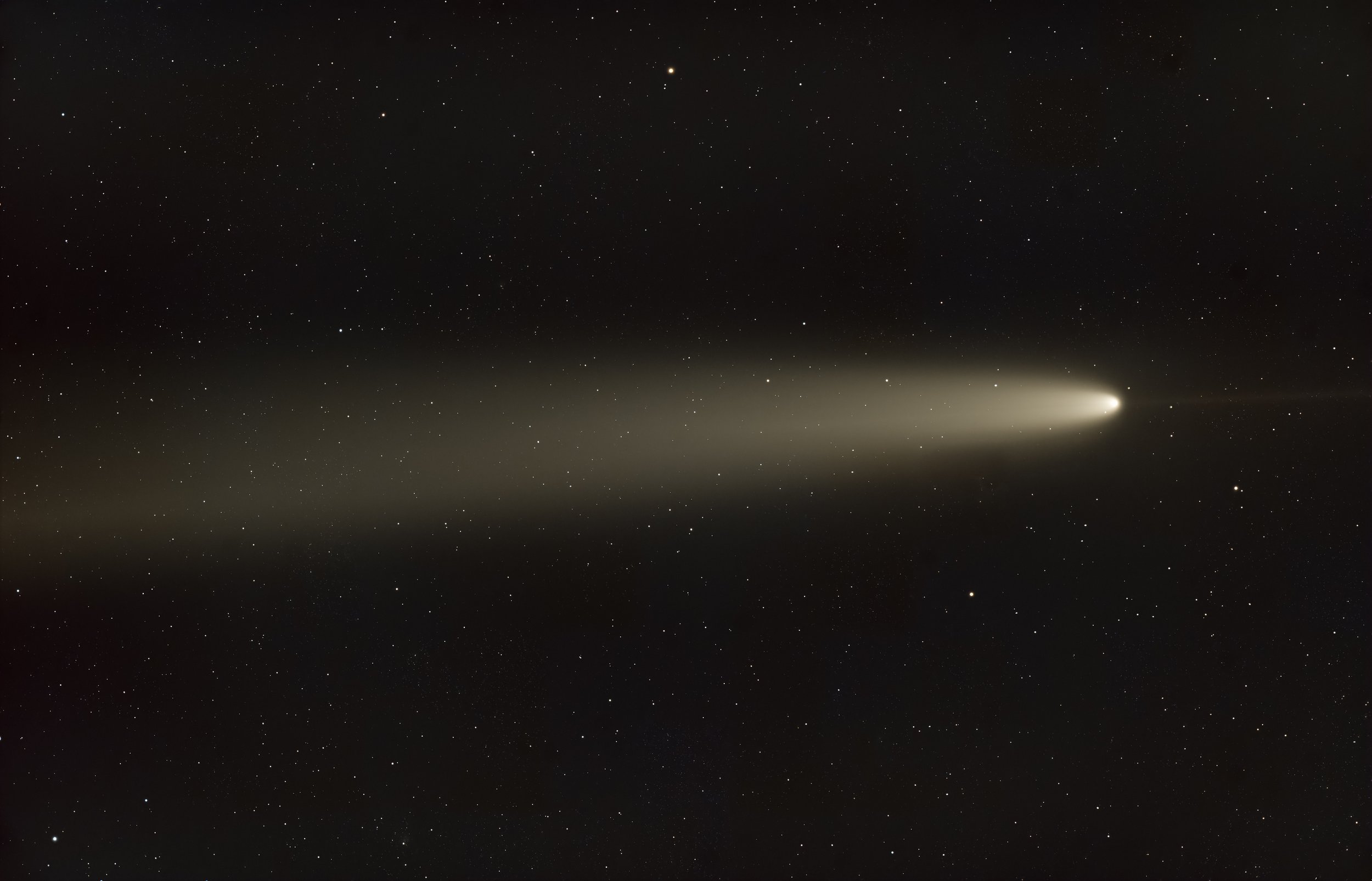
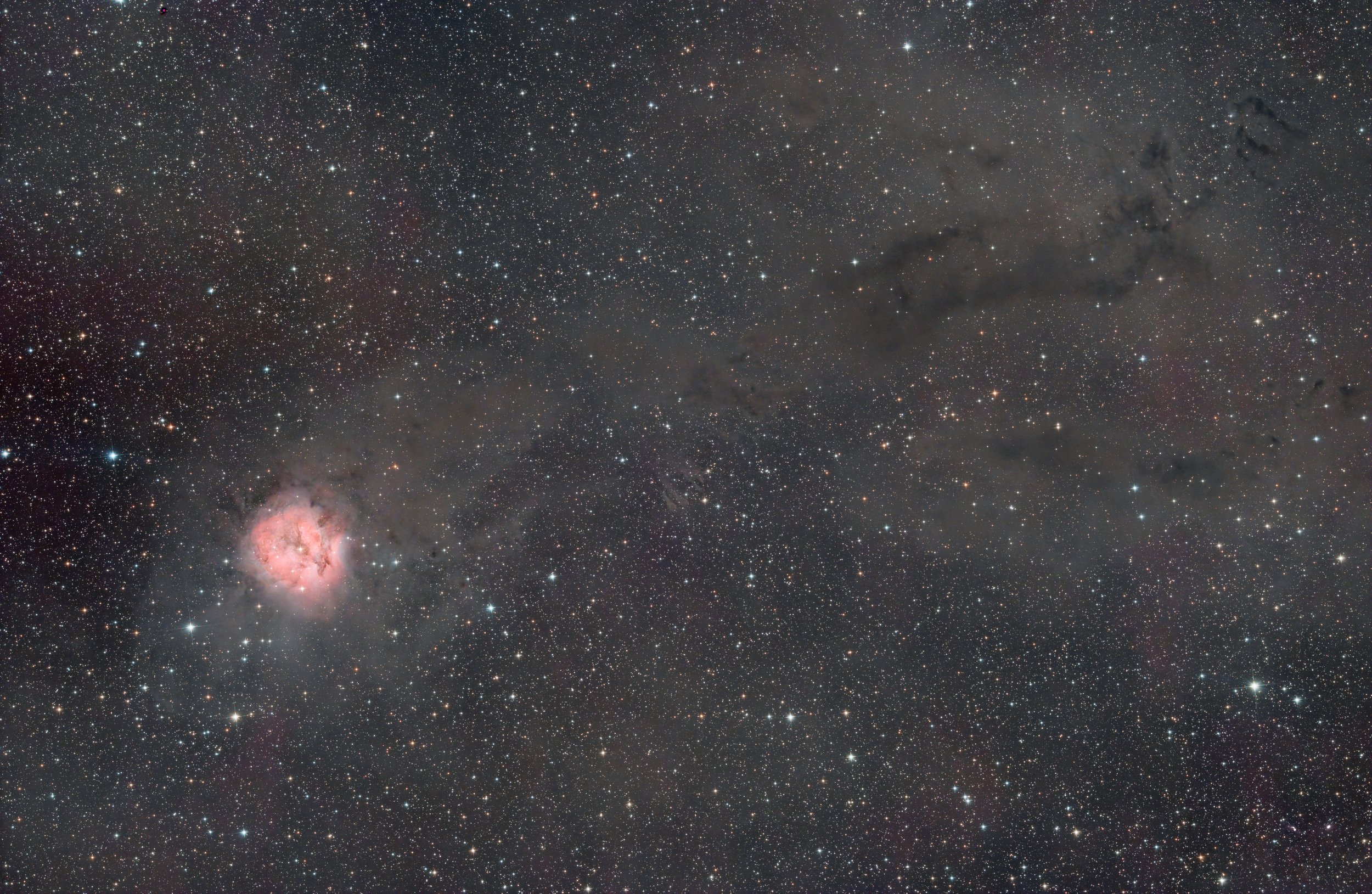
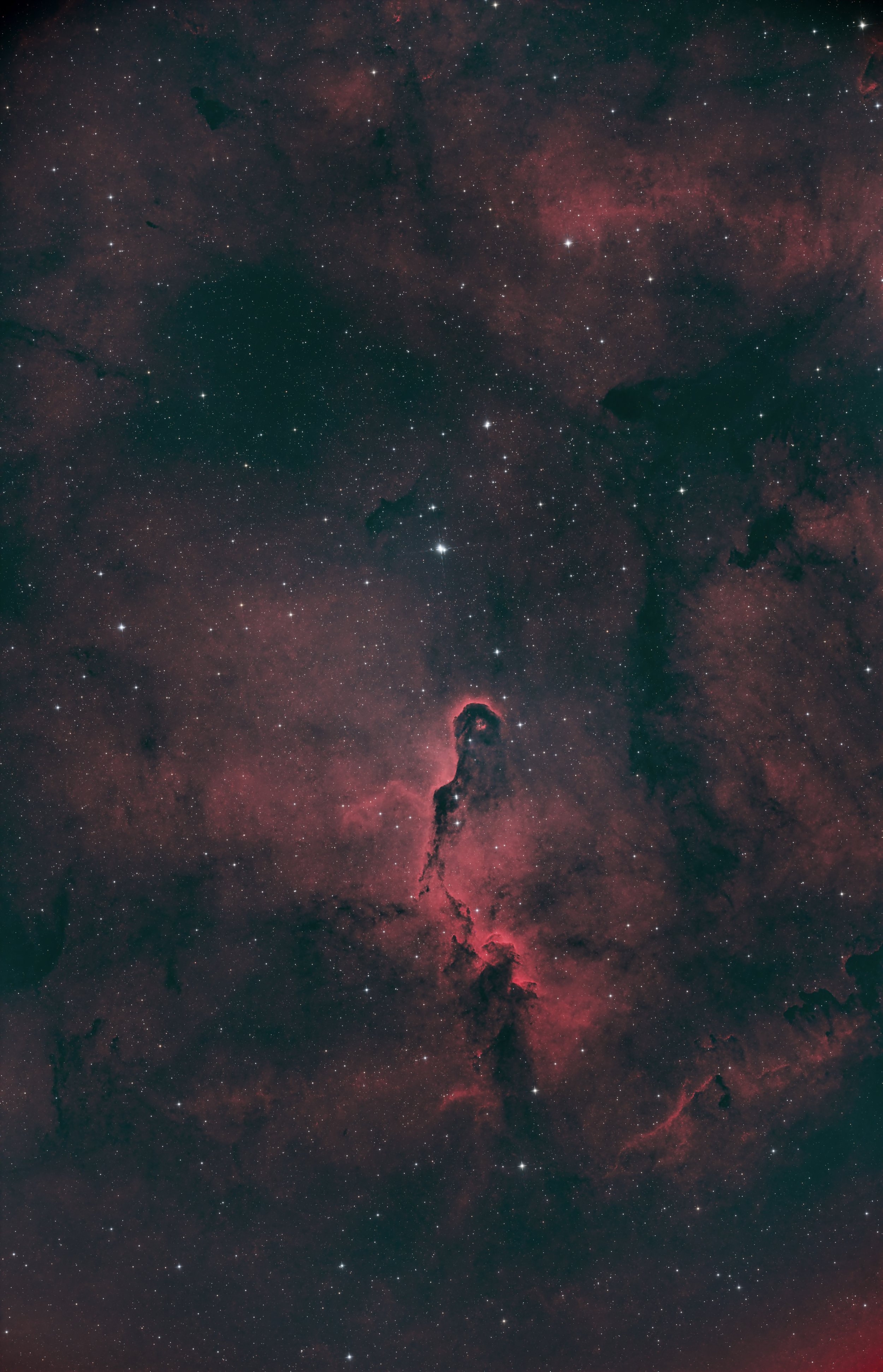
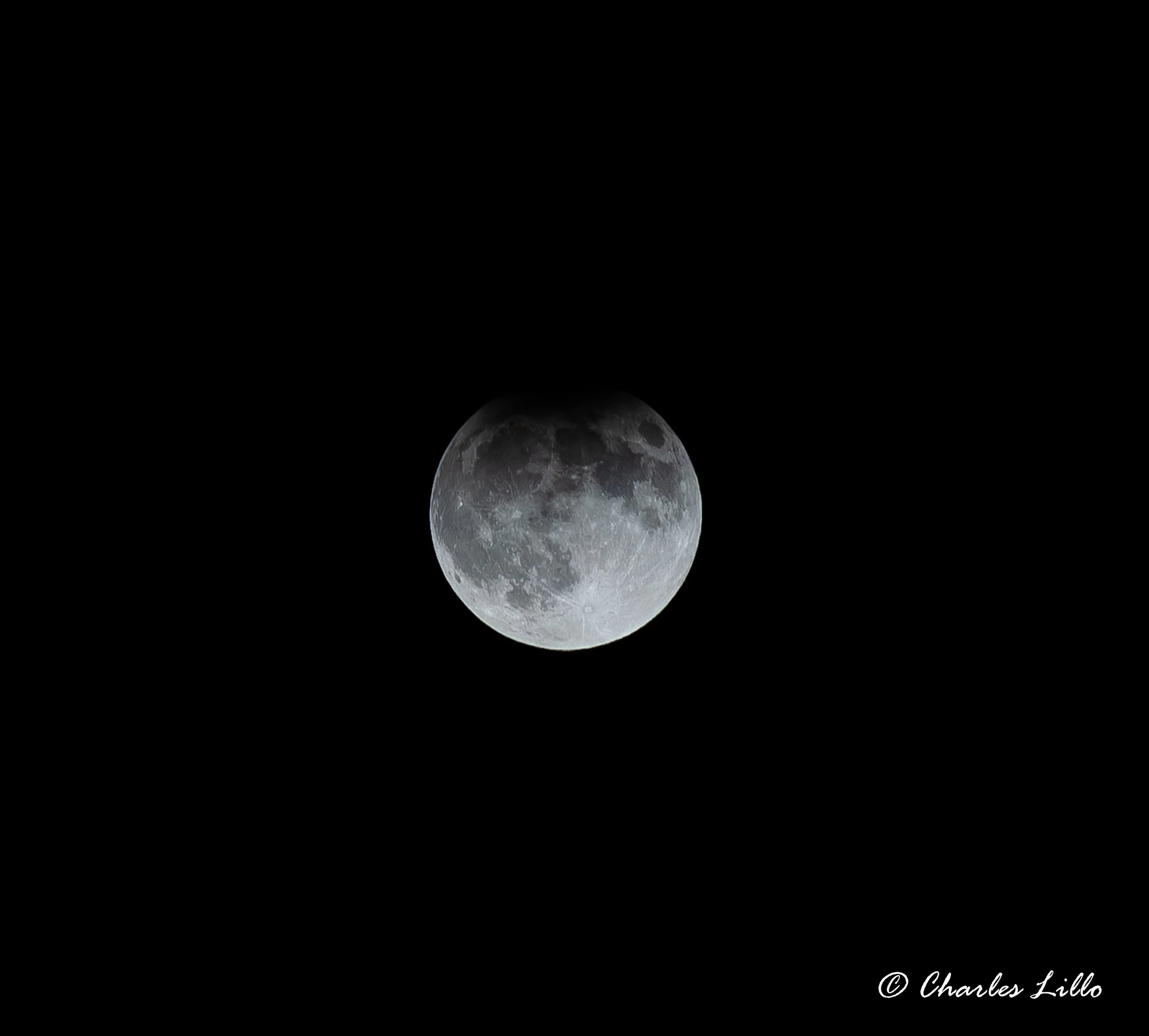





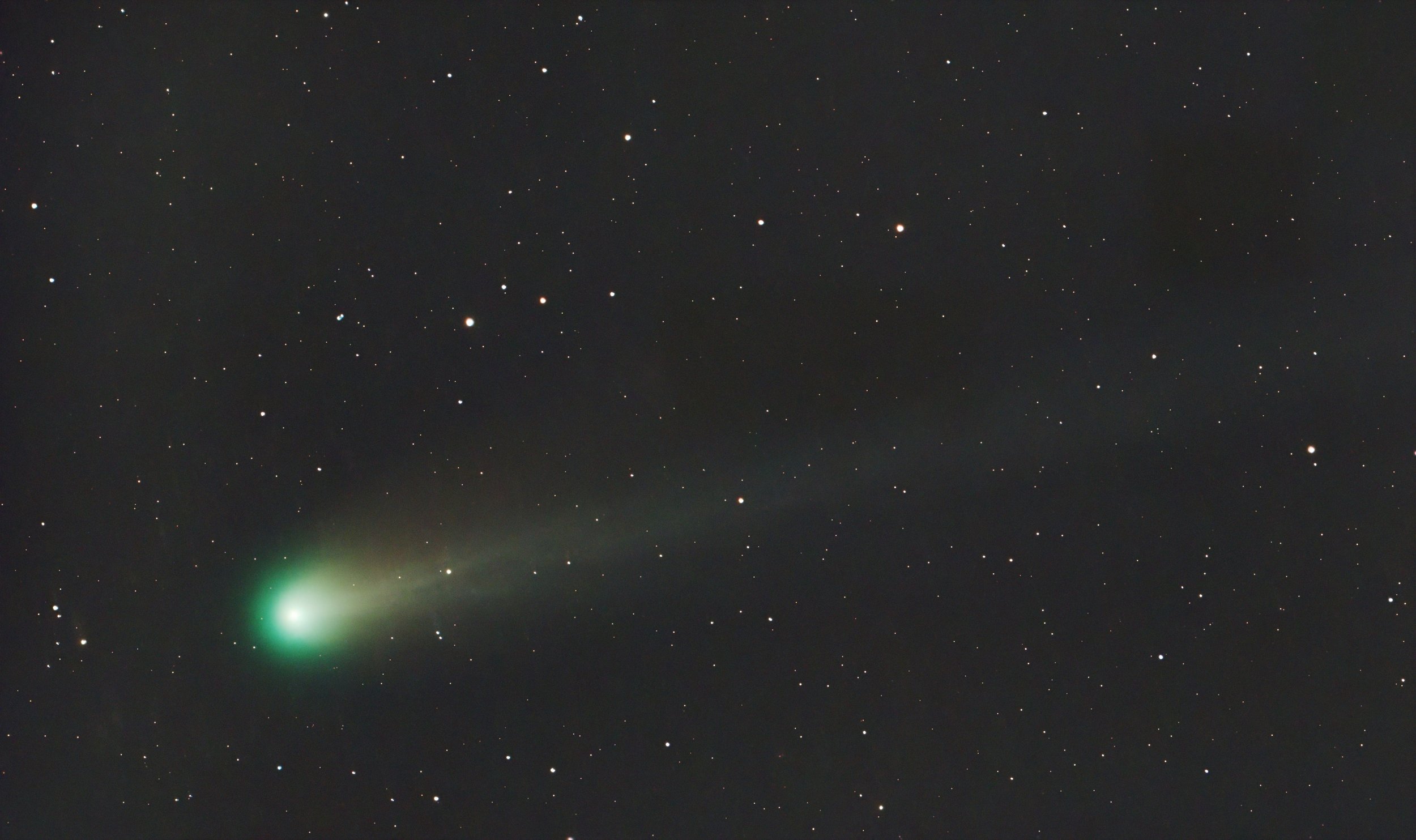
The Soul Nebula sits about 6,500 light-years away in the constellation Cassiopeia, paired with its more famous neighbor, the Heart Nebula.